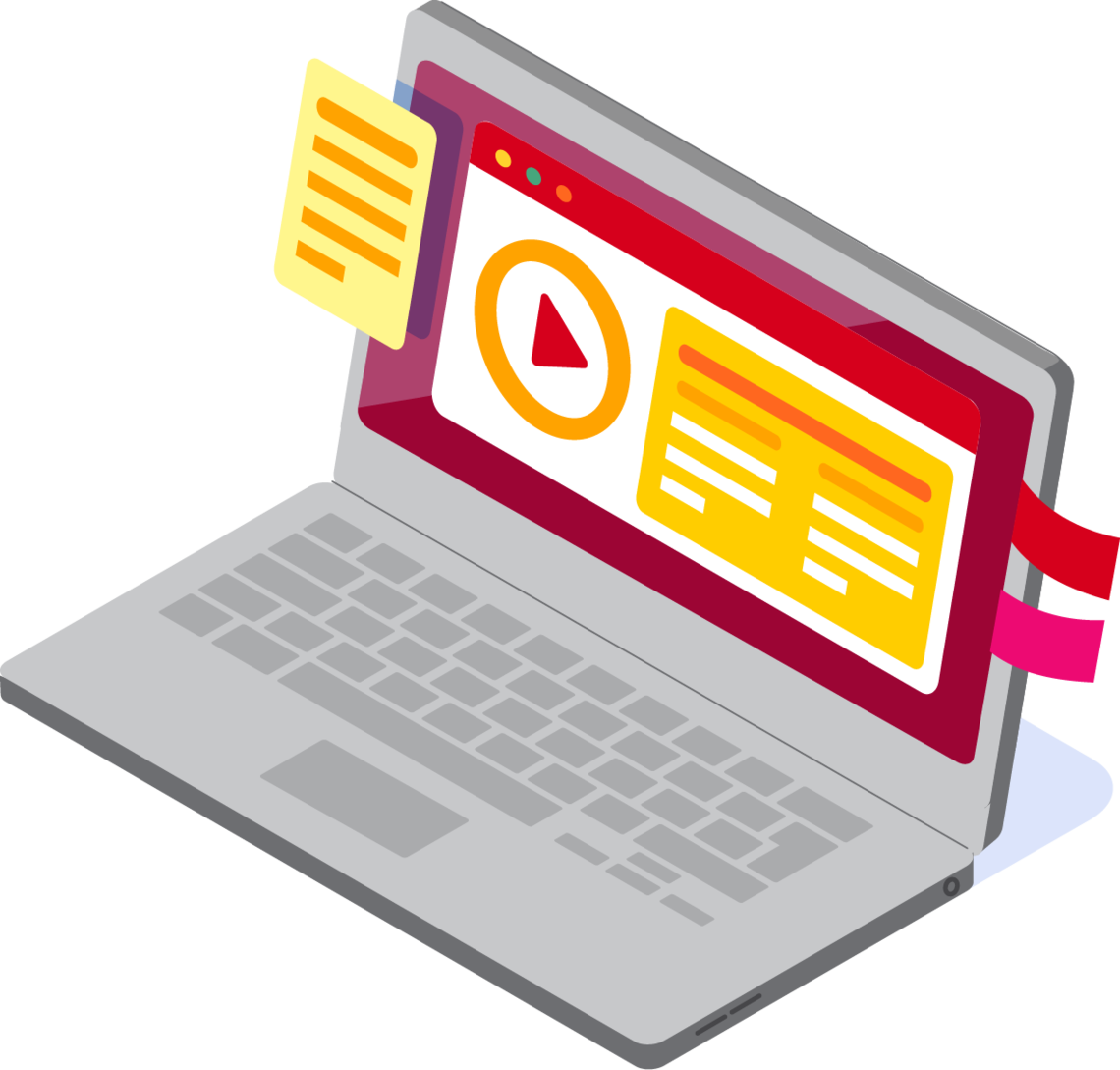Research Snapshot
Students as Partners in a COVID-19 Online Teaching and Learning Environment
What is it about?
The global emergency shift to virtual instruction due to COVID-19 revealed immediate online learning limitations at higher education institutions. Therefore, the University of Calgary developed the Learning Technologies Production Coaches (LTPC) program to help troubleshoot technological issues that faculty experienced when delivering online instruction. Faculty’s digital literacy was the primary goal of the LTPC program, yet it also spotlighted the students as partners (SaP) role, which positioned students as collaborators with faculty. This paper outlines the SaP role; examines the LTPC program; and highlights two coaches about their experiences of navigating power dynamics, demonstrating empathy, establishing comradery, and reducing helplessness.
What did we do?
As mentioned, the University of Calgary created the LTPC program and hired 12 graduate student SaP coaches to help faculty with various technological troubles that they encountered. To examine the experiences of the coaches, the authors interviewed two coaches who expanded upon their experiences helping faculty, the outcomes of these interactions, navigating power dynamics, and honing their learning and technological skills. The author continues by offering themes that emerged from these interviews to explore the considerations of implementing an LTPC program at a higher education institution.
What did we find?
Four key results were isolated from the coaches’ experiences: mitigating power dynamics, demonstrating empathy, fostering comradery, and reducing helplessness. When students and faculty collaborate, there are inherent power dynamics attributed to the positions held at the university. The values of “mutual respect, reciprocity, and cordial collaboration” (p. 67) helped alleviate these dynamics. Coaches and faculty consistently shared mutual experiences regarding the unpredictable impacts of COVID-19 on online learning and instruction, which fostered rapport, empathy, and trust. Furthermore, reassuring and challenging faculties’ technological skills improved faculties’ applications of these skills. Collaboration with other coaches led to transparent and efficient communication in reaching resolutions, which fostered mutual learning and joy. To prompt faculty to be actively involved in the resolution process, coaches directed faculty to specific websites and resources within and outside of the university to ensure that they could find resolutions to their issues independently.
What does it mean?
To sustain a quality LTPC program, coaches must be involved in creating the LTPC program. It is also beneficial to rely on departing SaPs to train other students to strengthen program consistency. Furthermore, the partnership between SaPs and faculty can relate to other populations that could benefit from a similar program. Collaboration on the development of terminology used in SaP initiatives is useful, as this promotes more inclusive and accessible interactions between SaPs and external collaborators. Other academic institutions could also be inspired by the structure of the SaP role as a solution to their own limitations in institutional practices.

Need to know
The SaP approach utilizes students’ knowledges to benefit faculty professional development in online learning and instruction. The LTPC program employed SaPs to respond to the impacts that COVID-19 had on online learning and teaching in higher education institutions. SaPs were paired with specific faculties and tasked to respond to diverse technological issues including difficulties on Zoom, administering virtual assessments, managing virtual feedback, online communication with students, and creating discussion forums.

About this snapshot
For a complete description of the research and findings, please see the full research article:
Fedoruk, L., Wright, A. C., Anowai, A., & Osondu, Y. (2021). Students as partners in a COVID-19 online teaching and learning environment. International Journal on Innovations in Online Education, 5(1), 59-76. https://doi.org/10.1615/IntJInnovOnlineEdu.2021038948
This summary was prepared by Cameron Carley, a research assistant for the Flanagan Foundation Initiative at the Taylor Institute for Teaching and Learning at the University of Calgary.
